
How Well Do You Know Plywood: A Guide on Thickness, Grades, and Uses
Plywood is everywhere. It’s in your shelves, cabinets, walls, or even the little projects you put together on weekends. If you’re into DIY crafts or decorating, chances are you’ve already worked with a plywood sheet without realizing it. Research shows the demand for plywood worldwide is projected to keep rising.
By:
The Good Home Daily
Posted on October 17, 2025
Plywood is everywhere. It’s in your shelves, cabinets, walls, or even the little projects you put together on weekends. If you’re into DIY crafts or decorating, chances are you’ve already worked with a plywood sheet without realizing it.
Research shows the demand for plywood worldwide is projected to keep rising. In the Philippines alone, the plywood market was estimated at $246.3 million in 2025 and is expected to grow at a healthy 5.2% CAGR in the coming years.
But here’s the catch: not all plywood is the same. What may look like an ordinary plywood board can actually come in different types, each designed for a specific purpose.
There’s a sheet destined for a stylish bedroom headboard, and another one strong enough to support concrete. Knowing the different types of plywood can change the way you see this familiar yet versatile material.
In this guide, we will walk you through the types, grades, and uses of plywood, so you’ll know exactly which one to choose for your next DIY project.
What Is Plywood Made Of?
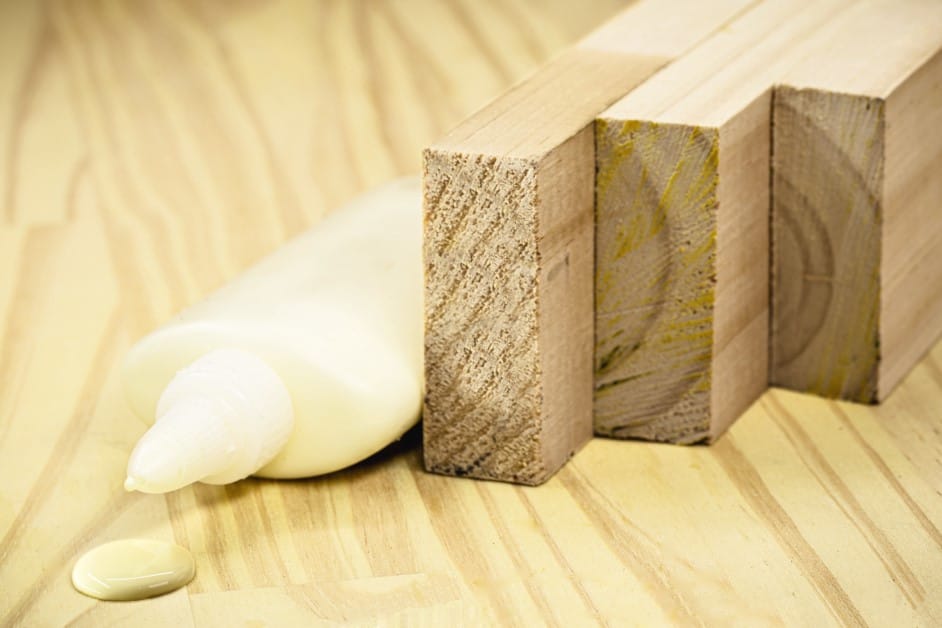
So, what is plywood really? At first glance, it may look like a simple wooden board, but its strength comes from how it’s made.
A sheet of plywood is built by gluing together thin slices of wood, called veneers. These layers, known as plies (which is where plywood gets its name), are dried, pressed, and bonded with strong adhesive, usually resin glue.
What makes plywood uniquely strong is the way these plies are arranged. Each layer is rotated so the grain runs at a ninety-degree angle to the one beneath it.
This criss-crossed construction, called cross-graining, is the secret to why a plywood sheet is so stable. It resists warping, shrinkage, and splitting — while still being easy to cut into different sizes and thicknesses for projects big and small.
The number of plies — whether 3-ply, 5-ply, or multi-ply — also affects the board’s strength and thickness. That’s why a plywood board can serve so many roles, from forming the base of a kitchen island to becoming the face of a decorative shelf.
The Core Types of Plywood and Their Uses
Plywood may look the same at first glance, but not all sheets are equal. Each type has its own strengths, best uses, and yes, even drawbacks.
The different types of plywood and their uses are primarily defined by the wood species, the glue used, and the intended application (interior or exterior). Knowing these differences helps you choose wisely for your next DIY or home project.
1. Hardwood Plywood
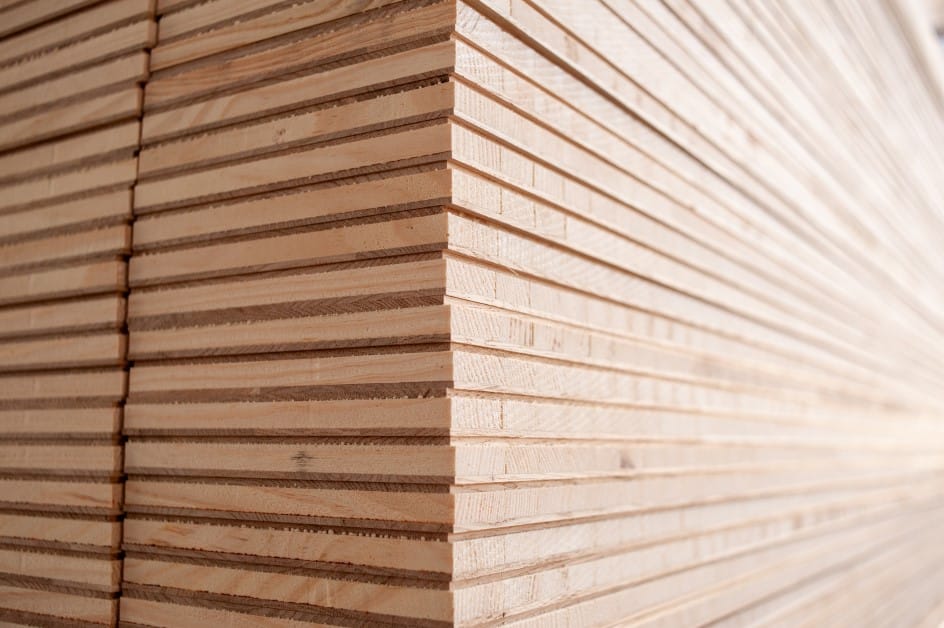
Hardwood plywood is made from dense wood species such as oak, birch, maple, or mahogany. It is generally heavier and stronger than softwood plywood, which makes it ideal for projects that need durability and a polished look.
Because of its density, hardwood plywood is often used in furniture, cabinets, shelves, and decorative panels. Its strength allows it to support heavier loads and endure long-term use, making it a top choice for high-quality projects. However, this same density also makes it harder to cut, sand, and shape compared to softwood plywood.
2. Softwood Plywood
Softwood plywood is commonly made from softwoods like cedar, Douglas fir, redwood, or spruce-pine-fir (SPF). Because of its strength-to-weight balance, it’s widely used in construction and industrial projects.
Unlike hardwood plywood, which is valued for looks and surface finish, softwood plywood is chosen for utility and structural reliability. It’s easier to cut and handle, making it a favorite for both professional builders and DIYers working on practical projects.
3. Marine Plywood
Marine plywood is built to withstand constant exposure to moisture. It is made from durable face and core veneers with almost no gaps, which means water has little to no space to seep in.
Each layer is made from tropical hardwoods and bonded with Weather and Boil Proof (WBP) glue—a special adhesive that resists delamination even in extremely wet conditions. Because of this construction, marine plywood doesn’t just last longer; it also helps prevent mold and fungal growth, making it reliable in humid environments.
Marine plywood is the ideal choice for boats, outdoor furniture, and damp areas such as bathrooms and kitchens.
4. Decorative (Veneer) Plywood
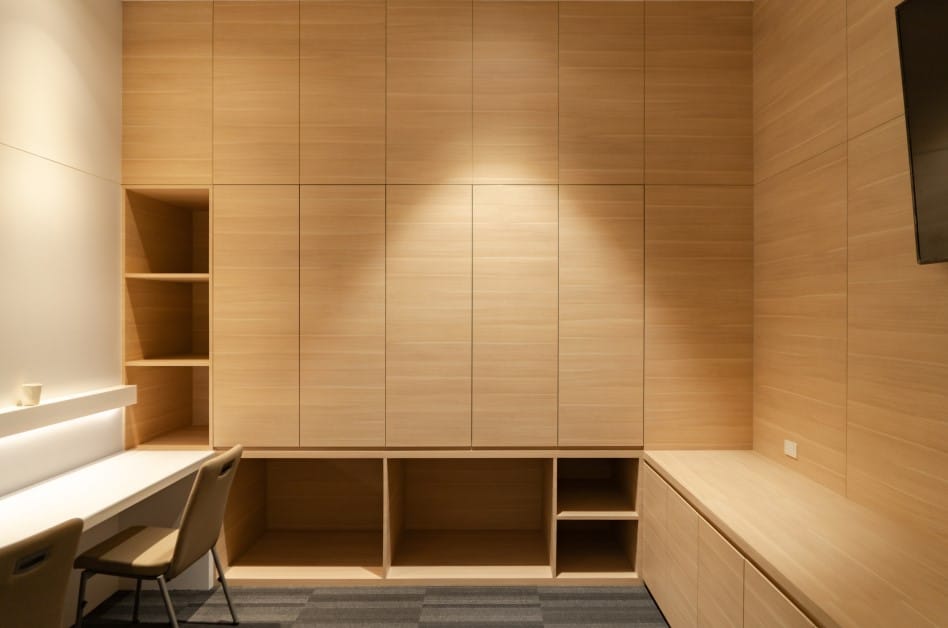
Decorative plywood, often referred to as veneer plywood, is made by bonding a thin layer of fine wood veneer on the surface of a regular plywood sheet. This outer layer gives the appearance of high-quality solid wood while keeping the strength and stability of plywood.
It is commonly chosen for cabinets, wall panels, furniture, and other interior applications where looks are just as important as function. The veneer comes in different wood species such as oak, mahogany, or maple, offering a wide variety of finishes to match different design styles.
Unlike flexible plywood, which is valued for its ability to bend and form curves, decorative plywood is prized for its surface finish and visual appeal. This makes it ideal for applications where style and presentation matter most.
5. Structural Plywood
Structural plywood is designed to deliver strength and stability, making it one of the most trusted materials in construction. It is manufactured to meet strict standards, ensuring it can safely bear heavy loads.
Because of its durability, it is often used in flooring, roofing, wall bracing, and other parts of a building that require solid reinforcement. It holds up well under pressure and resists bending or warping, even in demanding environments.
With its balance of strength and versatility, structural plywood is suitable for a wide range of building projects, from residential homes to large-scale developments.
6. Flexible Plywood
Flexible plywood, sometimes called “bendy plywood,” is specifically designed to bend without breaking. Unlike standard sheets, it can curve smoothly, making it ideal for projects that require rounded or creative shapes.
This type of plywood is thin and constructed in a way that allows it to bend easily along one direction. Because of this quality, it is widely used in furniture design, interior paneling, and decorative applications where curves are part of the design.
By combining strength with adaptability, flexible plywood gives builders and designers the freedom to achieve shapes that are not possible with regular plywood.
7. Aircraft Plywood
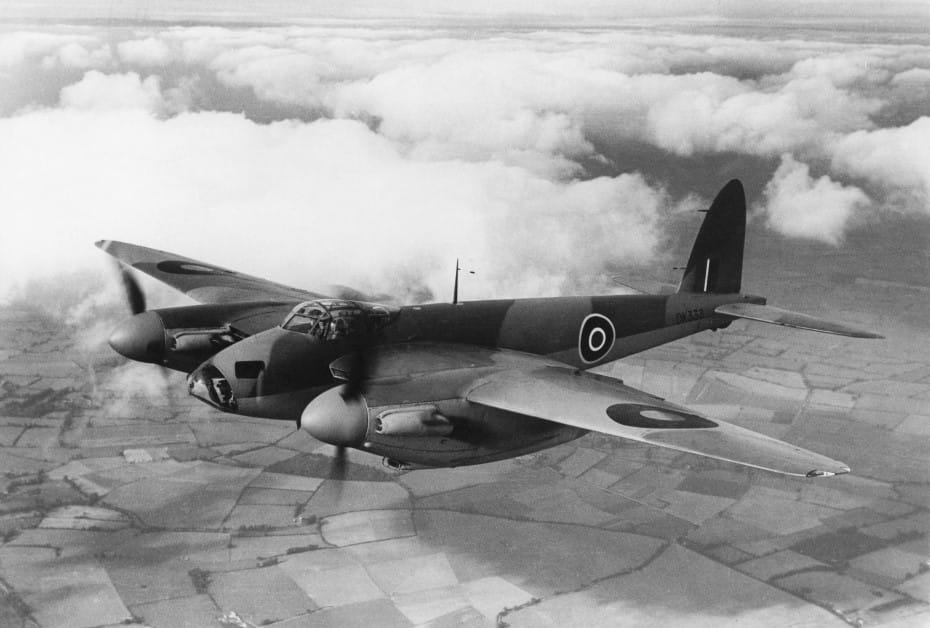
Aircraft plywood is one of the highest-grade plywood ever developed. It is manufactured using strong hardwoods such as mahogany or birch and bonded with heat- and moisture-resistant adhesives. This combination creates a material that is exceptionally strong for its weight, which is why it was widely used in the aviation industry during the early to mid-20th century.
A famous example is the De Havilland DH-98 Mosquito from World War II, built using curved and glued veneers of aircraft plywood. Even under extreme conditions, it proved to be highly reliable.
Today, aircraft plywood is less common in planes but still used in boats, racing cars, and instruments where strength without added weight is crucial.
What Are Plywood Grades?
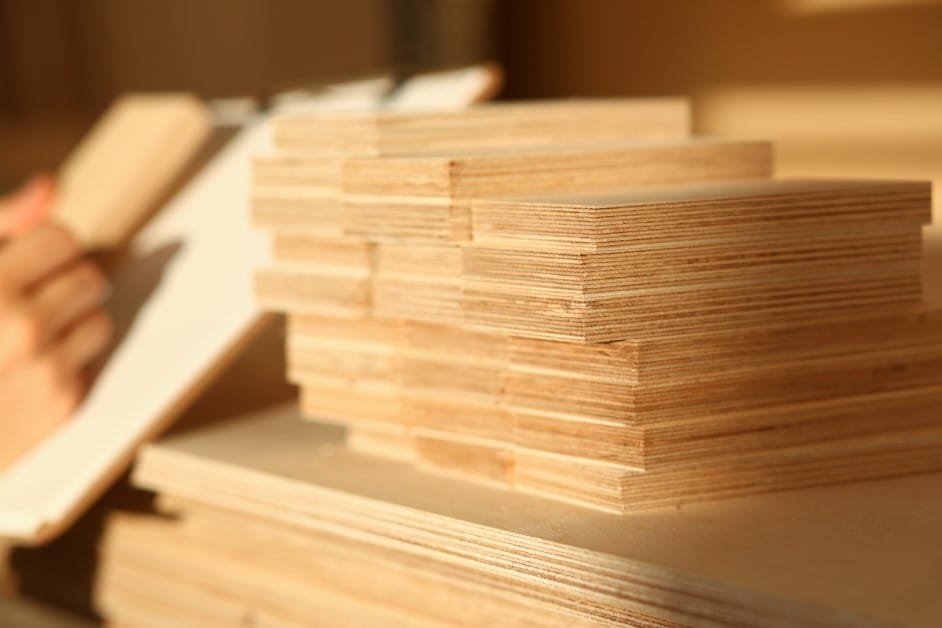
Not all plywood sheets are created equal. To help builders choose the right board for the right job, plywood is classified into grades.
These grades—labeled A, B, C, and D—indicate how smooth, durable, or visually appealing the sheet is.
Grade A
Grade A plywood has the best surface quality. It is smooth, sanded, and free from knots. This makes it ideal for applications where appearance matters, such as cabinets, furniture, and paneling. It is also easier to paint or finish.
Grade B
Grade B plywood is still good quality but may have small knots or patches. It offers a balance of durability and cost. This grade is often used for shelving, subfloors, or areas that are partly visible but do not require a flawless surface.
Grade C
Grade C plywood has more visible natural flaws. Larger knots and patches are common. While not the best choice for decorative projects, it is useful for structural framing, utility work, or backing where appearance is less important.
Grade D
Grade D plywood has the lowest surface quality. It can have splits, knots, and discoloration with few to no repairs. This grade is rarely used on its own. Instead, it is often paired as the hidden face in combination panels like B-D or C-D, where strength is needed but appearance is not.
Why Do Some Plywoods Have Two Grades?
If you’ve ever come across plywood labeled A-C or B-D, you might wonder why there are two letters instead of one. The reason is simple. A sheet of plywood has two faces, and each one can have a different quality.
For example, in an A-C plywood, one side is smooth and free of knots, making it perfect for display or finishing. The other side is of lower quality, with visible flaws that are meant to be hidden during construction. This makes combination grades cost-effective since you get one usable surface without paying for both sides to be flawless.
In short, the first letter always refers to the face that will be visible, while the second letter indicates the back side. Knowing this helps you choose the right sheet for your project, whether it’s a decorative cabinet panel or a hidden subfloor.
Common Plywood Grade Combinations
- Grade A-A: Smooth, flawless finish on both sides
- Grade A-C: One side is smooth and finished, the other has visible flaws
- Grade B-B: Solid and repaired surfaces on both sides, minor imperfections allowed
- Grade BD: One good face with some repairs, one rough face with flaws
- Grade C-D: Rougher faces on both sides, with visible knots and defects
What Does the “X” Mean in Plywood?
Sometimes you’ll see an X added to the grade, such as “CDX.” The X doesn’t stand for a grade. The X is a designation related to the panel’s bond or glue classification. It stands for Exposure 1, indicating that the plywood was manufactured using exterior-grade adhesive.
This type of glue can handle higher levels of moisture and outdoor conditions compared to standard plywood. It’s important to note, though, that while the X means the board is suitable for exterior construction, it doesn’t make it fully waterproof like marine plywood.
Frequently Asked Questions About Plywood
Which plywood is best for furniture?
For furniture and decorative projects, hardwood plywood and decorative plywood are ideal. They have smooth surfaces and attractive veneers that make them suitable for painting, staining, or showcasing natural wood patterns.
What is the difference between marine plywood and normal plywood?
Marine plywood is designed for constant exposure to moisture. It is made from durable tropical hardwoods and bonded with Weather and Boil Proof (WBP) glue, which helps prevent warping, delamination, and mold growth. Regular plywood is not built for long-term wet environments.
What is the standard size of plywood sheets?
The most common size is 4 feet by 8 feet (1.2 m × 2.4 m). Thickness varies depending on use, from thinner sheets (about 5 mm) for paneling to thicker sheets (19 mm or more) for flooring and structural work.
Can I use plywood for outdoor furniture?
Yes, but it depends on the type. Marine plywood is the best choice for outdoor furniture since it resists moisture and mold. Standard plywood with an exterior grade adhesive (the X type) can also be used for outdoor projects if properly sealed and maintained.
What plywood is best for cabinets and shelving?
For cabinets and shelving, hardwood plywood or decorative (veneer) plywood works best. They are strong enough to handle weight and have smooth, attractive surfaces that can be painted, stained, or left natural for a polished look.
What plywood should I use for concrete formwork?
Structural plywood is the right choice for concrete formwork. It’s engineered for heavy-duty applications and can withstand the pressure of wet concrete. Many builders also use film-faced plywood for formwork since its smooth surface makes it easier to remove after curing.
Can I use exterior plywood for interior walls?
Yes, you can. Exterior plywood is safe to use indoors, and in fact, its extra moisture resistance can be an advantage in areas like basements, kitchens, or bathrooms. Just note that it might not be as smooth as higher-grade interior plywood, so you may need to finish or cover it depending on your design.

